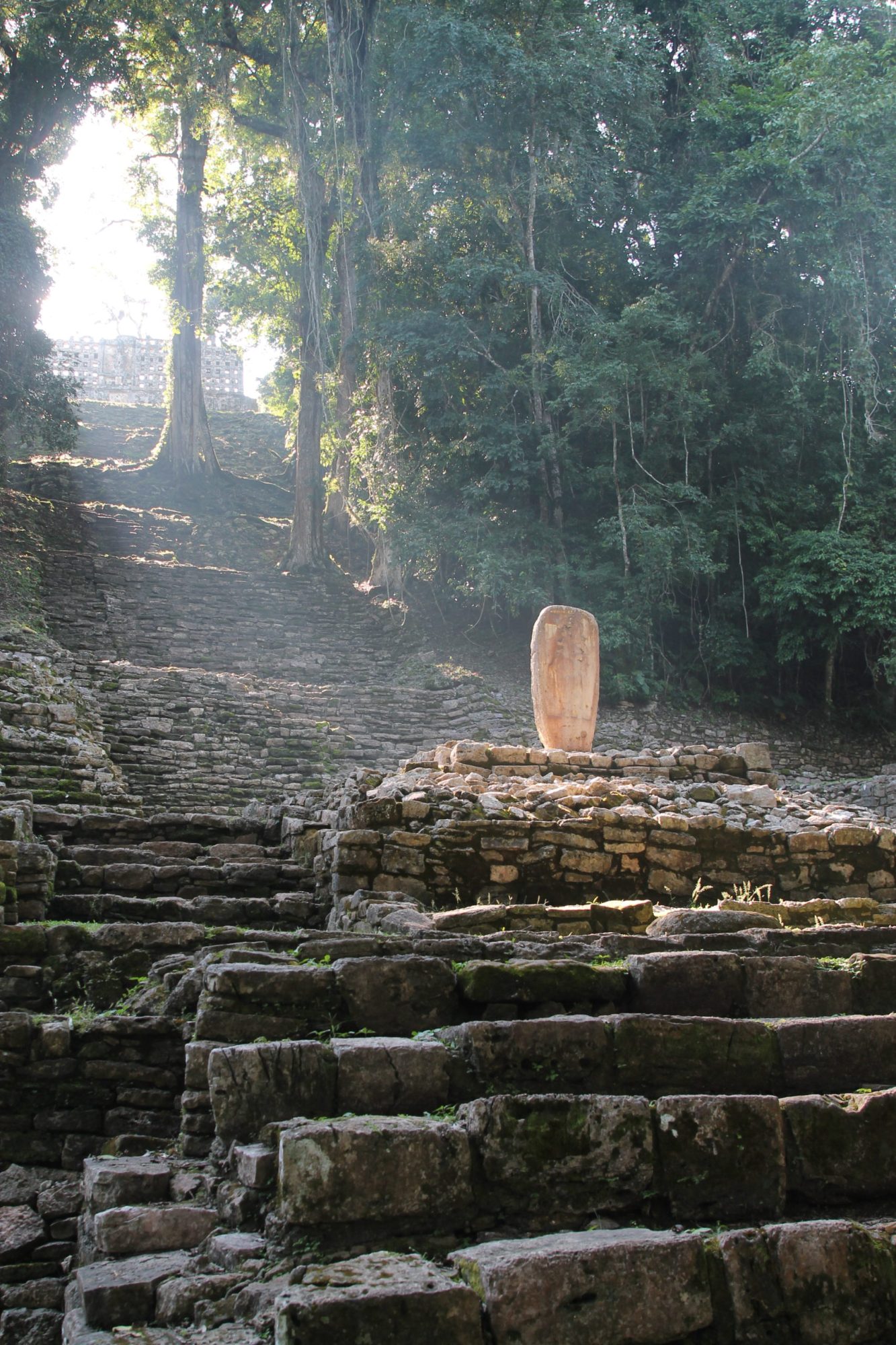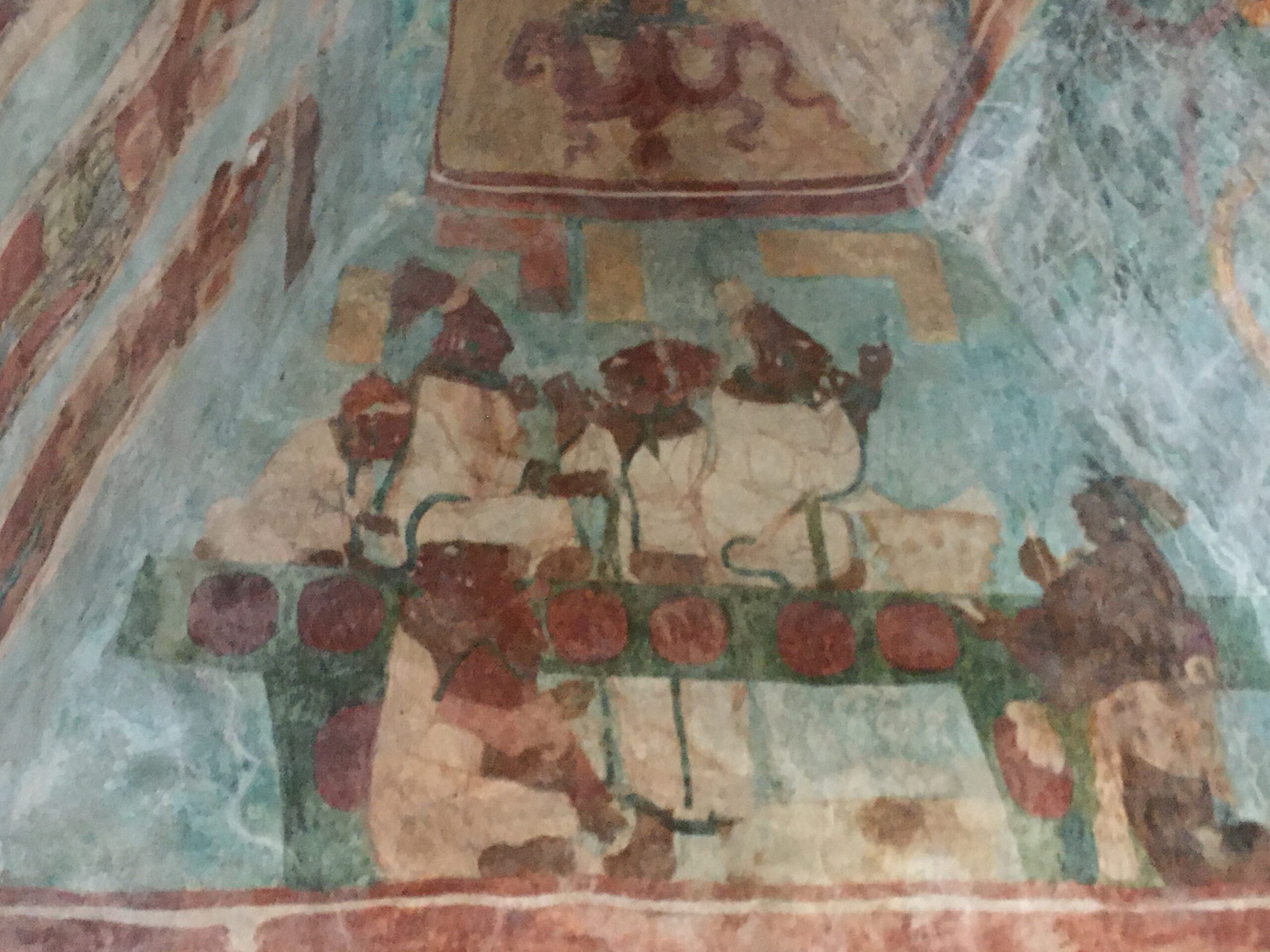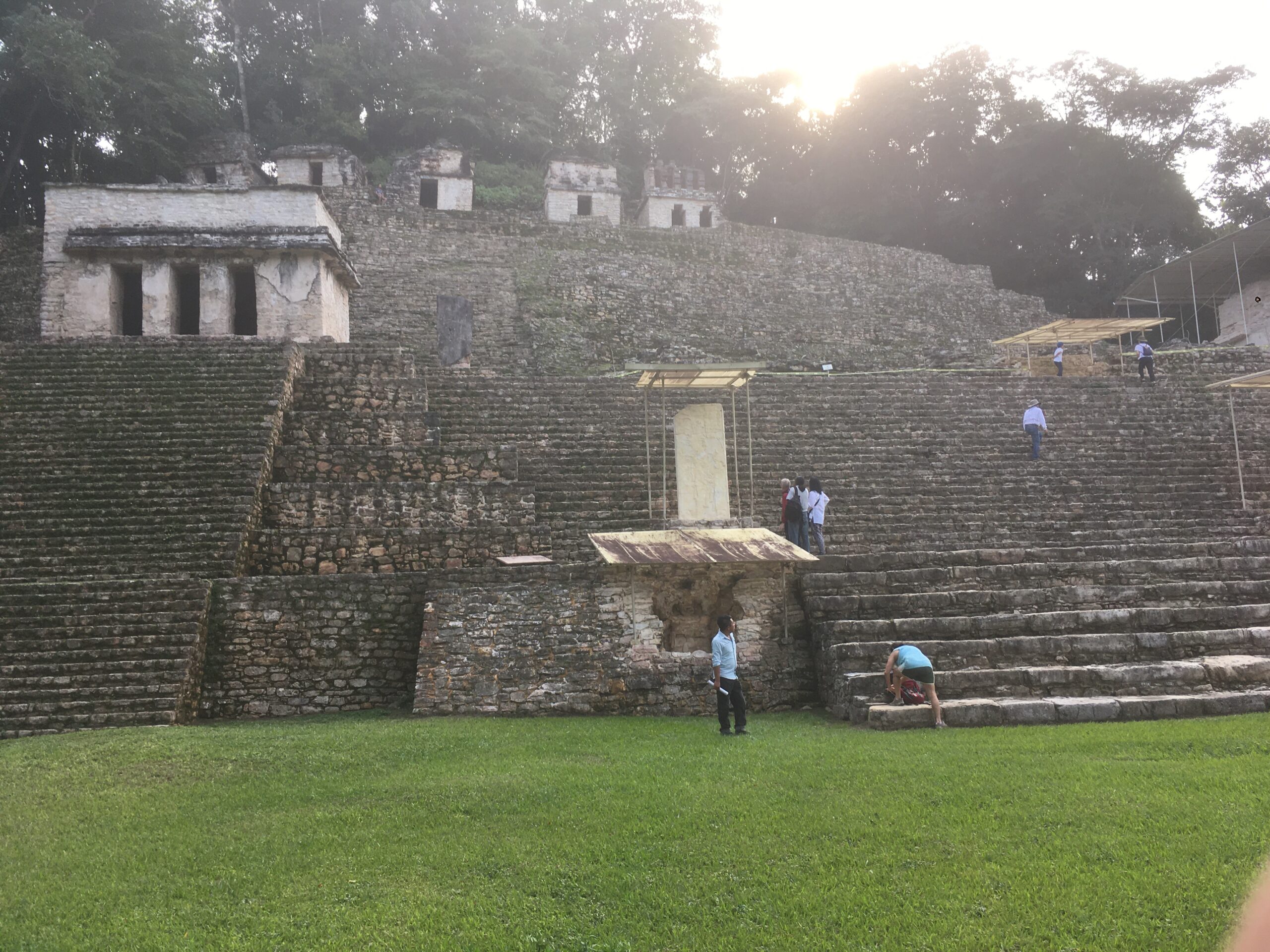Río Usumacinta – A River Trip of a Lifetime

Río Usumacinta – A River Trip of a Lifetime
Words and Photos by Levente Gal
General Information:
The Río Usumacinta, nicknamed the “Sacred Monkey River” after the Howler monkeys present on the banks, is a beautiful jungle river flowing on the border between Mexico and Guatemala in the heart of the Mayan jungle. There are ancient ruins to be explored, beaches to camp on and swim at, and an incredibly diverse collection of wildlife, from beautiful jungle trees to Howler monkeys. This trip guarantees an experience that will be remembered forever and is perfect for anyone looking for an adventure, no experience required. On top of the amazing, remote scenery, the river also contains incredible whitewater, ranging from class II – III.
This river trip is a self-supported trip, meaning that all of the stuff you bring are stuffed into dry bags and strapped into a raft. Once the rafts are put onto the water, you cannot go to a store to buy food or clothes, and there will be no towns throughout the duration of the trip that you can stop at. Guides will pack all of the food that is needed for the entire trip, and drinking water is distilled from clean streams. In addition, a portable toilet seat and “cooking appliances” such as dutch ovens and mini stoves are loaded up. Most nights, the group sleeps on beaches next to the river. This trip covers 142 km (88 miles) of river.
There are also exciting adventures to be had in the region of Chiapas before and after the river trip. If you are an avid kayaker, you can find amazing class III – V rivers and waterfalls in the area, most notably the Agua Azul waterfalls. However, you can enjoy your time in the Chiapas as a tourist as well. There are plenty of restored Mayan ruins and temples to be explored, most notably the ruins of Palenque.
River Log:
In the winter of 2019-2020, Patrick Griffin, Levente Gal, and Thomas Pollard went down to Chiapas, Mexico to work an 8 day client-based river trip on the Río Usumacinta. This blog details a river log written by Levente, as well as an essay and video detailing his experiences.
Day 0 (12/27): We touch down in Villahermosa, pick up the rental car, and load our kayaks onto the roof using yoga pads. On the way to Palenque, we stop for some food, which tasted incredible.
Day 1 (12/29): We meet up with the rest of the group and meet the guides we are going to be working with. Patrick and I are safety kayaking to ensure that nothing bad happens to the clients. We help load all of the gear into the vans, including the rafts and oar frames, and set off on a 3.5 hour drive with the clients to Frontera. On the way, we stop at some ruins. We finally make it to our destination, the small town of Frontera.

Ancient Mayan Painting

Restored Ruins
